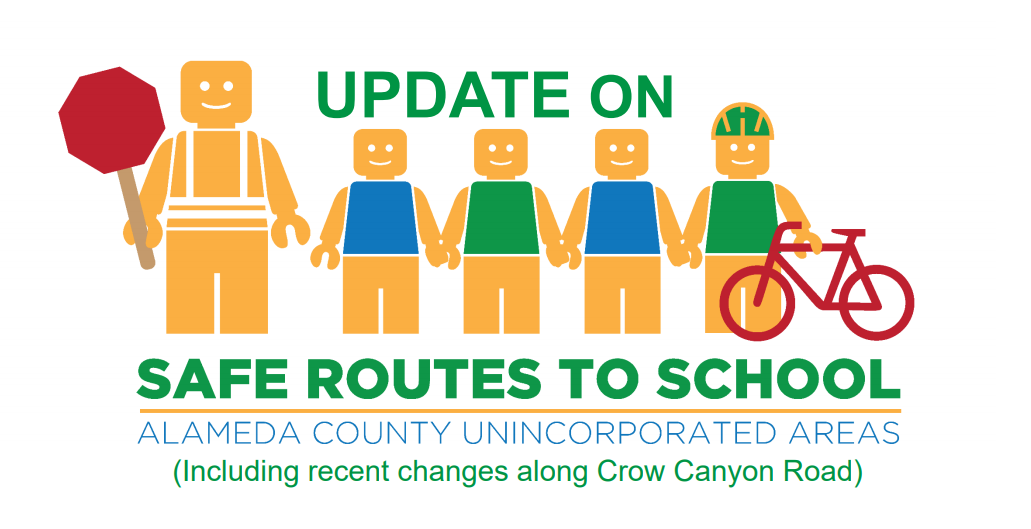SF Homeless Project: Homeless Students in the Castro Valley School District
- By : Rebecca Stanek-Rykoff
- Category : Education, Featured Story, SF Homeless Project

Castro Valley Matters is participating in the SF Homeless Project, an effort by over 70 Bay Area organizations to tell stories of homelessness in San Francisco and the Bay Area.
Homelessness in the Bay Area and around the United States takes on many forms — while we are unfortunately all too used to seeing homeless encampments under highway overpasses and alongside creeks, there are many more homeless people we don’t notice in our communities.
It’s not always obvious who is living in a car, or couch-surfing, or living out of a motel. In looking to learn what everyday life is like, and what support systems exist in our community, we reached out to the Castro Valley Unified School District (CVUSD) to learn more about the district’s support of homeless students.
One teacher told CVM:
We don’t always know who our homeless students are – we don’t know who receives free/reduced meals either. It’s private information. However, I think many teachers with older students know more about their students and quickly learn the hardships their students face. This epidemic is all over CV, not just in what people perceive to the lower income areas.
Homeless Students in Castro Valley
Within CVUSD there are approximately 30 families who are homeless, impacting nearly every school, according to the District. This number has stayed relatively constant over the past few years. The vast majority of these families are not visible parts of the the homeless population — they are families who are staying with friends or family, living out of a car or trailer, or living out of a motel. The vast majority of these families are headed by a single parent (usually, but not always, the mother).
At the high school level situations get more complex — occasionally kids are kicked out of their parents’ home, and must rely on the kindness of friends’ parents for a place to stay. Other students stay in the district while their parents need to leave the area or the U.S. (Unfortunately, the number of students in this category may increase, due to the legal blocking of deferred action of deportations of undocumented individuals whose minor children are U.S. citizens.) Parents have the option of naming another family as a “caregiver” family, but this is not necessarily pursued by all parents.
How Do We Find Homeless Students and Families?
Every August, when registering students for school, the online portal asks a set of five state-mandated questions which screen for homelessness. CVUSD follows up with the parents who answer yes to any of the five questions. Many parents do not reveal their homeless status, however, and the district learns via other means:
- Teachers notice the kids in their class, and if a kid is excessively hungry, tired, or sad, or if there is a noticeable change in outward presentation, that can be a sign of homelessness (or other instability at home).
- Kids sometimes confide in a teacher or other staff person.
- Occasionally a school receives an anonymous tip, which is handled confidentially and delicately.
Parents are typically doing everything they can to keep things as normal as possible for their families, and to retain their dignity — the school district works to support families while respecting the complex emotions they are working through.
School Support for Homeless Students
Homeless students have the legal right to remain in the district, and the school can often be a source of stability for students who are homeless. Even if a temporary housing solution takes a student outside of the CVUSD boundaries, they can stay at CVUSD until permanent housing is secured. And if permanent housing is secured outside of the district, students are still able to finish out the school year in CVUSD.
The district provides reduced or free lunch and breakfast (including second-chance breakfast) to many students, and provides school supplies and shoes (via a private donor) to students. The elementary schools each have a half-time counselor, paid through a federal grant program. These counselors work with students, and the district also helps connect families to other local resources (temporary housing, medical insurance, food banks).
How to Help Homeless Students in CVUSD
The best way to help homeless students (and other students who may have an unstable living situation) is to get to know your kids’ friends, and their parents. If catastrophe hits, local support from friends can make a difference. (If you don’t feel able to approach a family in need, you can always approach the school with an anonymous tip, which will be handled confidentially and discreetly. These systems are in place because of the difficulty in having a frank conversation about homelessness.) Some of the parent-teacher organizations at the schools have a hardship fund, which can pay for field trip costs and other fees that students may not be able to pay.
Finally, the total homeless population in Castro Valley is significantly larger than the visible portion of the population — temporary housing comes in many forms. We cannot neglect the kids whose lives are disrupted by homelessness. We desperately need a long-term solution to homelessness, but in the meantime, we need to be sure that our schools can reach and support homeless students.
Thank you to Rinda Bartley, Director of Student Services at CVUSD, for taking the time to talk to me about the support for the homeless student population.


